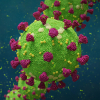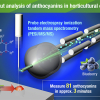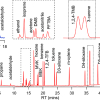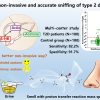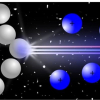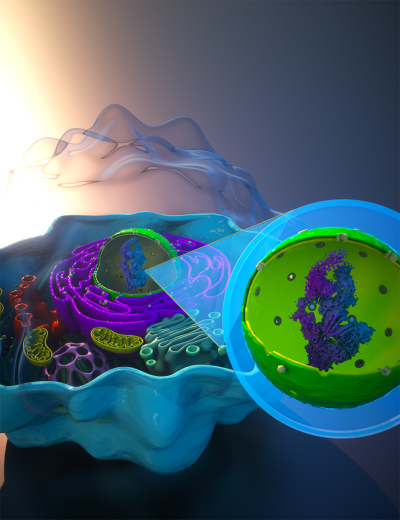
Proteins in human cells do not function in isolation and their interactions with other proteins define their cellular functions. Therefore, detailed understanding of protein–protein interactions (PPIs) is the key for deciphering regulation of cellular networks and pathways, in both health and disease. In a study published in Nature Protocols, a research team led by Research Director Markku Varjosalo from the Institute of biotechnology & HiLIFE, University of Helsinki, introduces an optimised and integrated interaction proteomics protocol—named Multiple Approaches Combined (MAC)-tag technology. The protocol combines two state-of-the art methods affinity purification coupled with mass spectrometry (AP-MS) and proximity-dependent biotin identification (BioID) to allow rapid identification of protein-protein interactions and more.
The MAC-tag technology allows an easy way to probe the molecular level localisation of protein of interest (an accompanying online resource of MS microscopy is available at www.proteomics.fi). The developed MAC-tag and the integrated approach will empower, not only the interaction proteomics community, but also cell/molecular/structural biologists, with an experimentally proven integrated workflow for mapping in detail the physical and functional interactions and the molecular context of proteins.
“The MAC-tag technology stems from long-term efforts on developing new systems biology tools for systematically studying the molecular interactions of proteins. The identification of protein–protein interactions and their changes in disease settings, such as cancer, has proven in our hands a powerful tool and has allowed us to find exact molecular mechanisms underlying these diseases. In principle, our protocol can be used in so many different ways that we probably have not even envisioned half of them”, Dr Varjosalo said.
The MAC-tag technology is currently in use by Dr Varjosalo and his consortia of virologists, medicinal chemists and other “omics” researchers in search for novel druggable host proteins as therapeutic targets to inhibit the SARS-CoV-2 infection and therefore to fight Covid-19.





